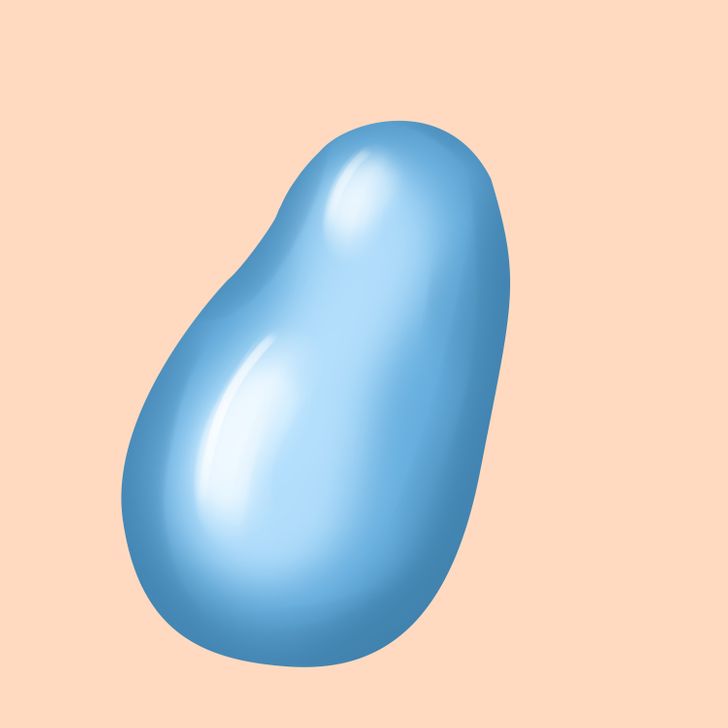How Plant Cells Work
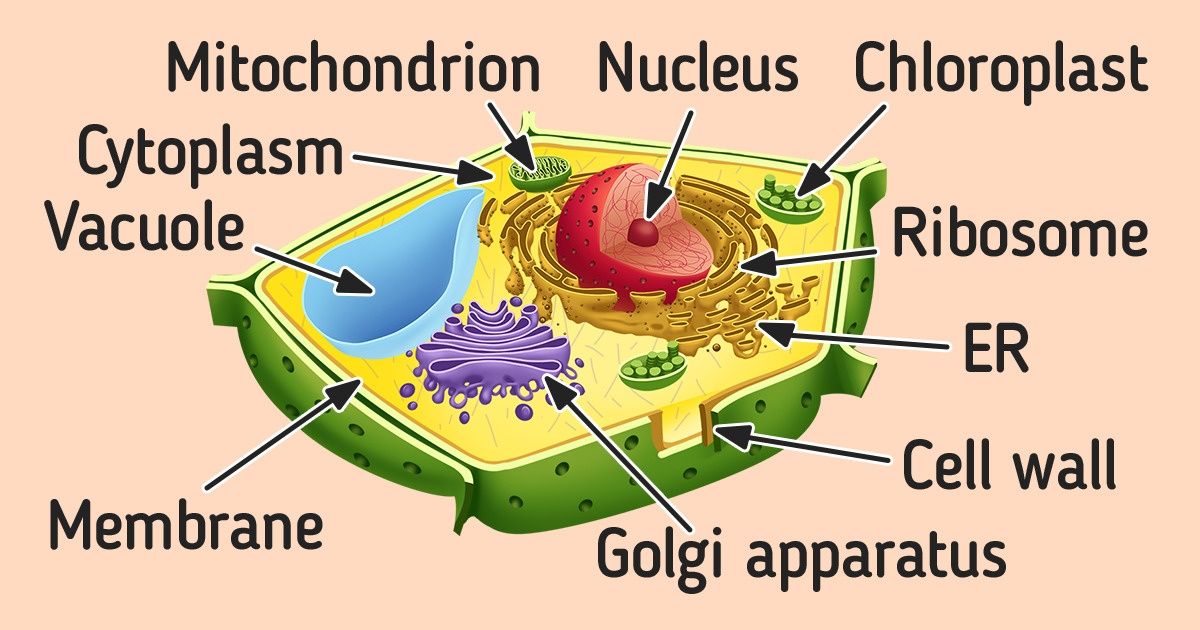
Together with 5-Minute Crafts, you can brush up on the past biology lessons you were taught in school.
History of discovery
- Robert Hooke in 1665 first discovered a plant cell under a simple microscope.
- In 1831-1833, Robert Brown first described the nucleus as a small spherical body normally present in every plant cell.
- In 1864, Mohl gave the name “protoplasm” to designate the thin mucilaginous layer present inside the cell wall.
- In 1880, scientists Shimper and Meyer discovered plastids.
- In later years, thanks to electronic microscopes and better research methods, other structural elements of the cell were found.
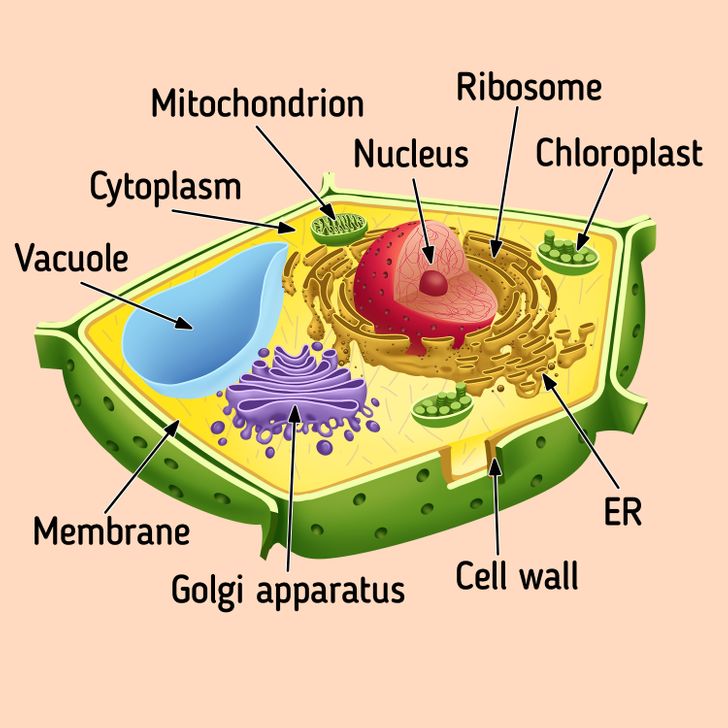
Plant cell structure
Plant cells are usually cubic or rectangular in shape and they’re bigger than animal cells. The structural elements (organelles) perform all the necessary functions to keep the cell alive.
Cell membrane
It is the semipermeable membrane, also called the plasma membrane, that is present within the cell wall. It is composed of a bilayer of fat, having intermediate proteins incorporated as protein channels.
Functions:
- It protects the cell from outside damage.
- It transports the necessary elements inside the cell.
- It supports the constant shape and size of the cell.
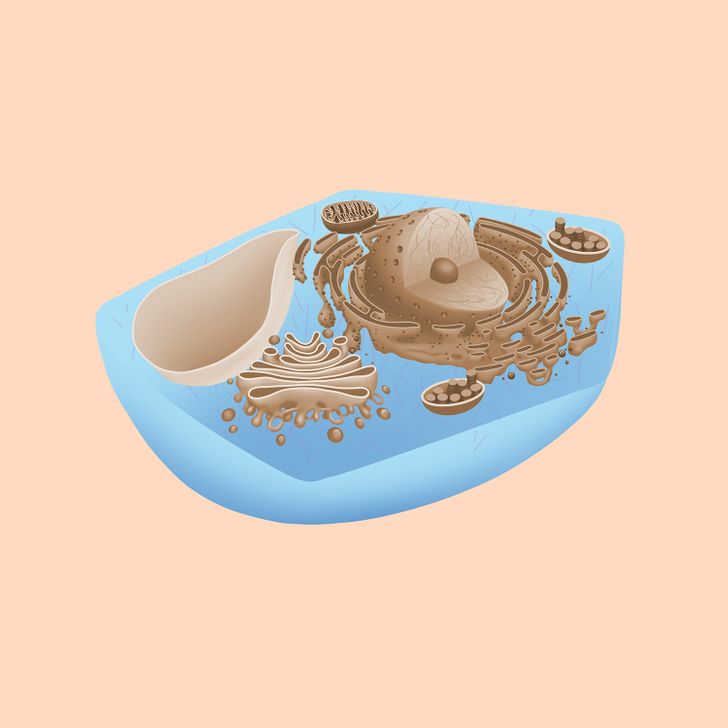
Cytoplasm
It is the gelatinous liquid that fills the space inside a cell. It is mainly composed of water, various organic molecules, and salts.
Functions:
- It keeps the organelles in their places.
- It holds the shape of the cell.
- It takes part in the metabolism processes, such as breathing and cell division.
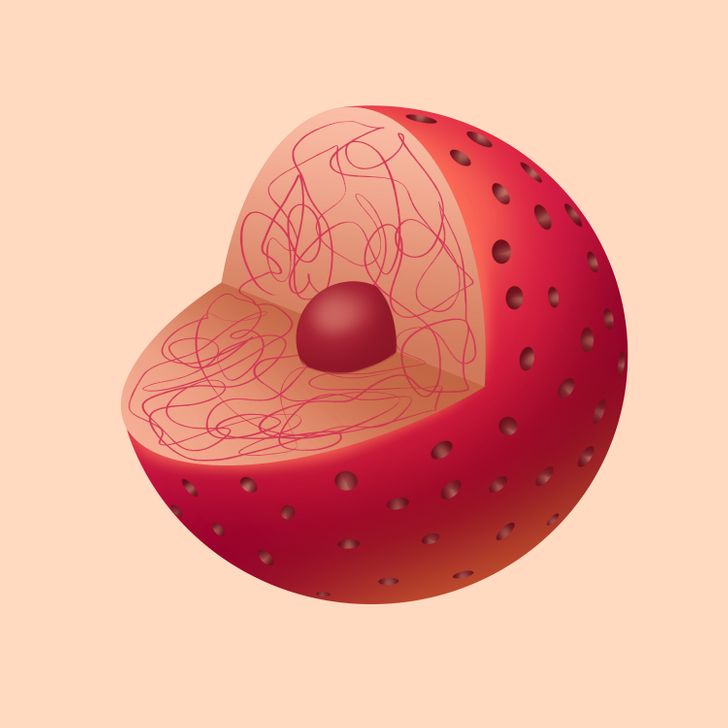

Mitochondria
Mitochondria are among the largest cell organelles, also known as the engine house or the energy house of the cells.
Functions:
- They produce the energy currency of the cell, the ATP.
- They help with cellular respiration.
- They maintain the concentration of calcium within the cell by working closely with the endoplasmic reticulum.
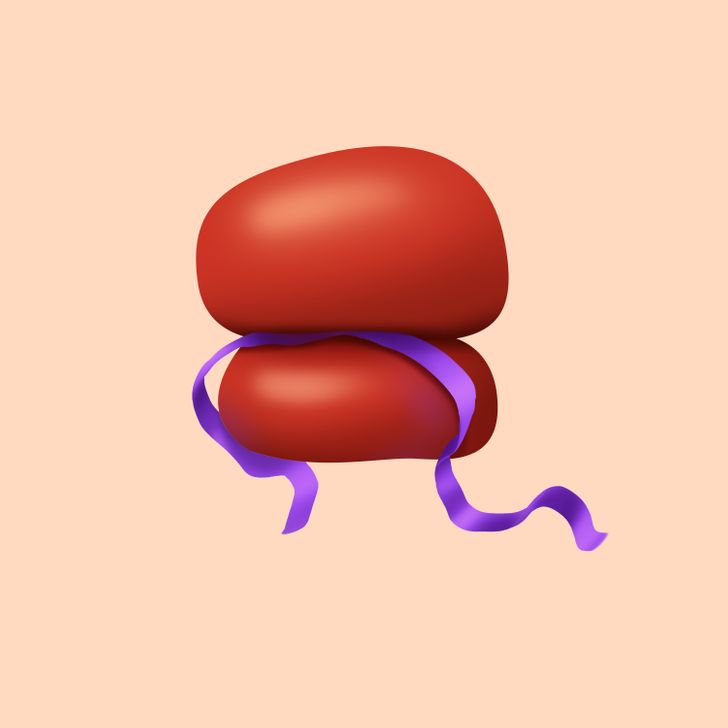
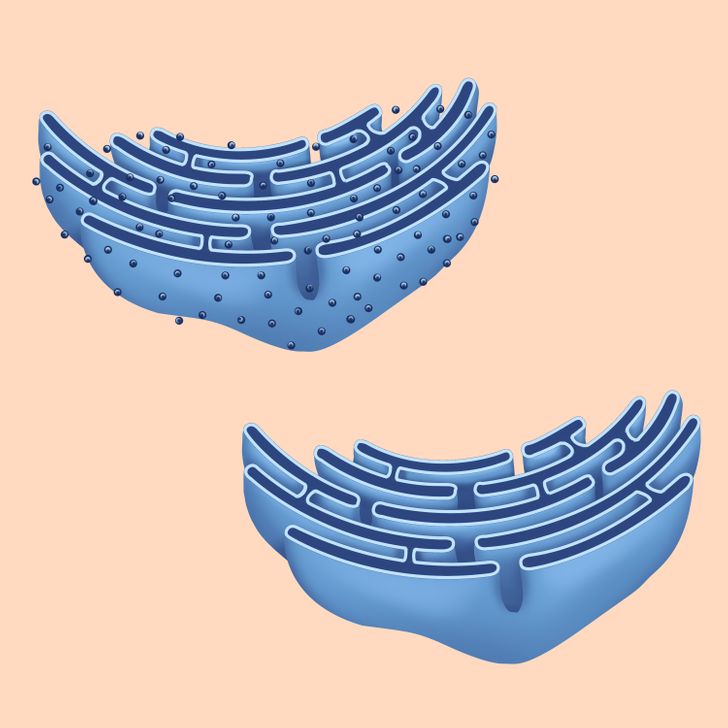
Endoplasmic reticulum
It is a series of membranes within the cytoplasm that consists of folded sacs and tunnels. It is of 2 types: rough endoplasmic reticulum and smooth.
Functions:
- It helps in the formation of the nuclear membrane during cell division.
- It helps with the packaging and transporting of proteins and carbohydrates to other organelles.
- It aids in the production of proteins, lipids, glycogen, and other steroids, like cholesterol for its membrane and other parts of the cell.
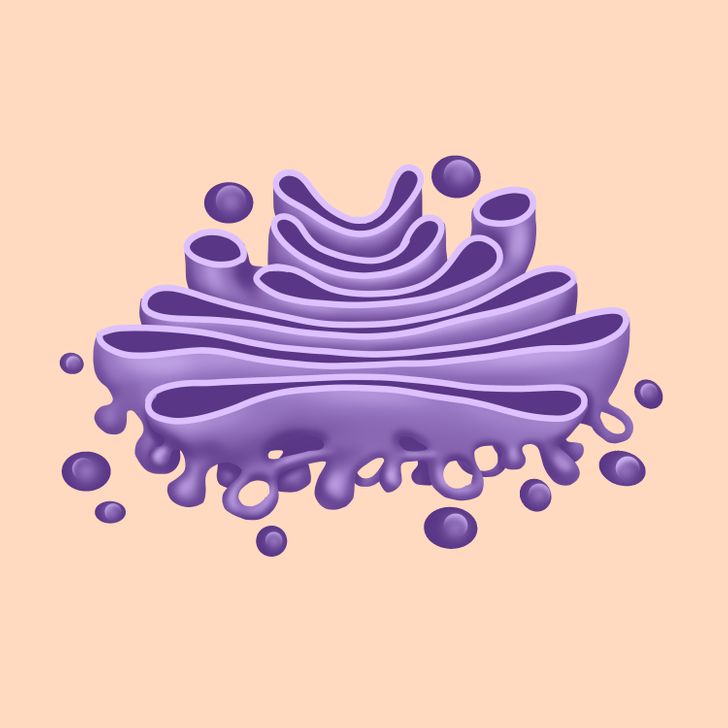
Golgi apparatus
A stack of 5 to 8 membrane-covered sacs called cisternae.
Function:
- It aids in the processing, packaging, transporting, and secretion of the proteins produced in the rough endoplasmic reticulum.
- It helps break down proteins into simpler ones.
Organoids only found in plant cells
Plant and animal cells are very similar in many ways. Most organoids in them are the same. But in plant cells, there are some additional structures that perform some vital functions for plants.
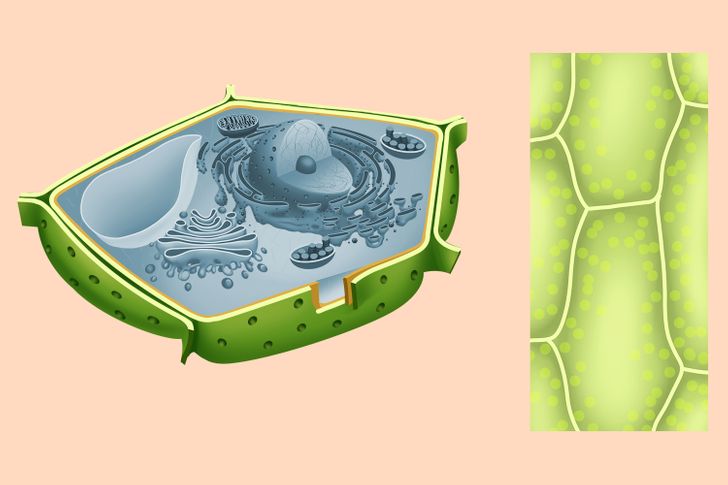
Cell wall
It is the outermost, protective layer of a plant cell, having a thickness of 20 nm to 80 nm.
Functions:
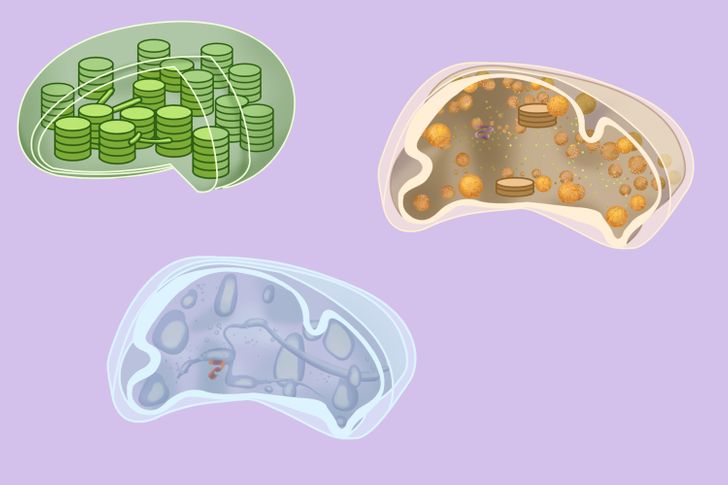
Plastids
They are double membrane-bound organelles that have their own genetic material. Plastids are mainly of 3 types: chloroplasts, leucoplasts, and chromoplasts.
Functions:
- They convert light energy into chemical energy to produce food in the form of carbohydrates by a process called photosynthesis.
- They help to store starch.
Chloroplasts
They are found in the green parts of a plant and algae that contain the photosynthetic pigment, chlorophyll.
Functions:
- They aid in photosynthesis.
- They help make plants and their parts green.
- They protect the plant from infections.
Chromoplasts
These are colored plastics found in fruits and flowers of plants. Chromoplasts normally have red, orange, and yellow-colored pigments.
Functions:
- They give a certain color to different parts of the plants: the flowers, the roots, and the leaves.
- They attract pollinators.
- They cahnge the shade of the flowers and the leaves.
- They help store different elements in the roots.
Leucoplasts
These are found in the non-green cells’ tissues of plants.
Functions:
